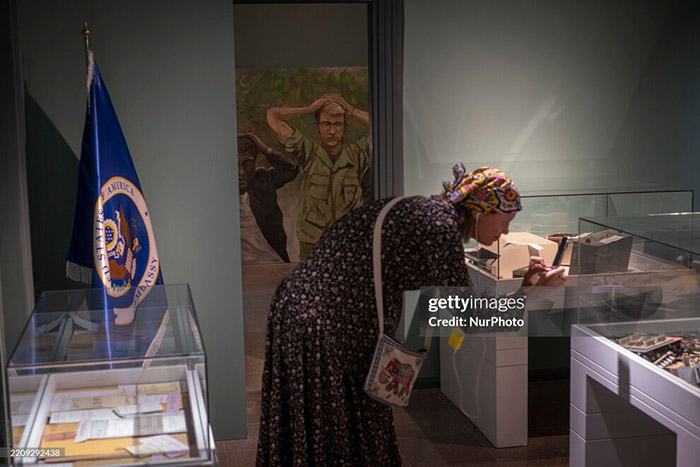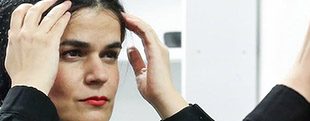University student organizations aligned with the Islamic Republic also maintain offices in the compound. As of 2017, parts of the site became accessible to the public, including foreign visitors, making the embassy one of the more controversial tourist attractions in Tehran.
The Protecting Power Agreement and Swiss Representation
With the closure of the embassy and the formal severing of diplomatic ties, a Protecting Power arrangement was established. The Swiss Embassy in Tehran hosts the United States Interests Section, representing American diplomatic and consular interests in Iran. However, the section is limited in scope: it does not issue visas, green cards, or conduct immigration interviews. Instead, Iranian citizens must travel to U.S. embassies in Ankara (Turkey), Yerevan (Armenia), or Dubai (UAE) for such services.
This arrangement has created long-standing challenges for Iranian-Americans, students, and families navigating legal or immigration-related matters. Despite sporadic negotiations over the decades, including secret channels and track-two diplomacy, the embassy compound remains a powerful symbol of estrangement.
In 2009, a diplomatic scandal emerged when Marco Kämpf, a Swiss diplomat working in the U.S. Interests Section, was arrested in Tehran after Iranian authorities found him with an Iranian woman in his diplomatic vehicle. Though he was promptly recalled to Switzerland, the incident highlighted the tension and sensitivity of foreign presence in Iran.

